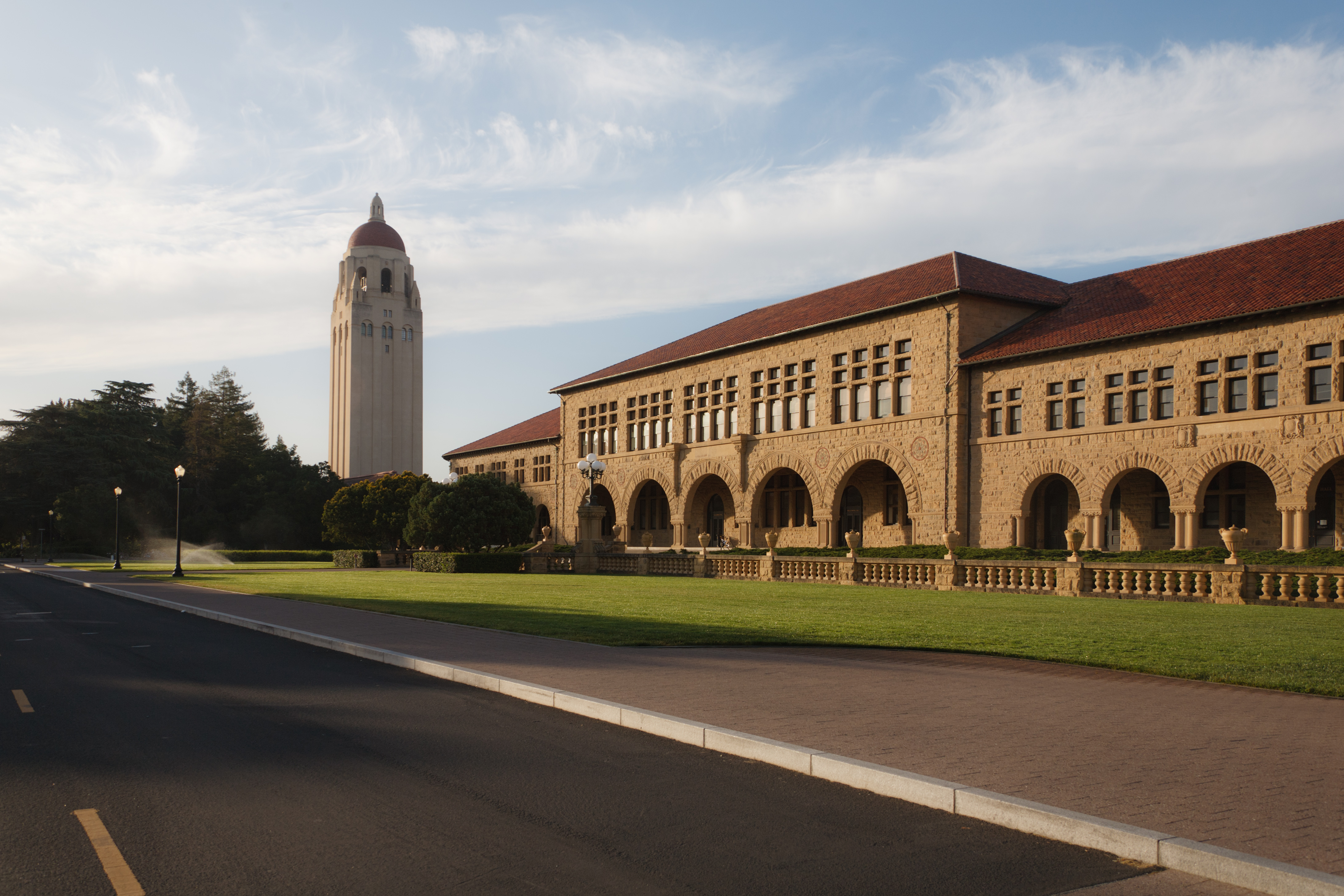The second-highest sustainability score among the 943 international institutions that have submitted reports to the Sustainability Tracking, Assessment and Rating System (STARS) now belongs to Stanford, as the University received a score of 88 percent — its highest ever, and the highest in the United States — earlier this month. Stanford’s previous report, submitted in 2017, earned the University its first Platinum rating, which has been renewed with the new score.
“STARS is intended to engage and recognize the full spectrum of higher education institutions, from community colleges to research universities,” reads the program website. “It encompasses long-term sustainability goals for already high-achieving institutions, as well as entry points of recognition for institutions that are taking first steps toward sustainability.”
In addition to its STARS score increase, Stanford placed first in diversity and affordability in the 2018 Sustainable Campus Index composed by The Association for the Advancement of Sustainability in Higher Education (AASHE), which also operates the STARS program. Diversity and affordability was the only category in which Stanford ranked first, but it tied for fourth in water and sixth in campus engagement. The University also placed sixth in public engagement and tenth in energy.
“The score increase is primarily driven by the university’s expanded renewable energy portfolio, the establishment of a sustainability literacy assessment through My Cardinal Green and improved waste diversion initiatives coupled with a decrease in landfill waste,” reads Stanford’s online announcement.
Stanford’s high score reflects not just the work of the University but also that of students, Building Sustainability Performance Manager Moira Hafer told The Daily. She mentioned the Energy, Water and Waste category on which STARS evaluates universities as just one area where students can contribute by conserving energy and water.
“To that end, we certainly encourage students to remain cognizant of their resource use — a great way to do that is to enroll in My Cardinal Green, which will help recommend unique ways to conserve while rewarding participants for their sustainability contributions,” Hafer wrote.
She added that there is “a long way to go” for Stanford to achieve the optimal STARS score, 100 percent, which is awarded to universities that reach “a zero waste threshold.” Stanford has a goal to become zero waste by 2030.
“Each time a STARS report is submitted, we conduct a gap analysis to identify the largest opportunities for improvement, and we work with stakeholders to make those improvements over time,” Hafer wrote. “One example of an improvement that we know will increase our rating for our next STARS report is the new 88 MW solar generation station, which will come online in 2021, allowing the university to procure 100 percent renewable electricity and bringing the university to 80 percent carbon free.”
Stanford’s biggest strides in this month’s STARS score came through improvements in the “Sustainability Literacy Assessment, Greenhouse Gas Emissions, Clean & Renewable Energy and Waste Minimization & Diversion” scoring categories, Hafer noted. Still, the zero waste goal is yet to be achieved, and the Waste Minimization and Diversion category is where Hafer sees the “largest opportunity for improvement.”
“We are actively developing a plan to achieve that goal,” Hafer wrote. “The primary reason that waste diversion is so difficult is that it is so behavior-based; it really requires everyone on campus to sort correctly, so we appreciate everyone pitching in.”
The only college with a higher STARS score than Stanford at this time is Thompson Rivers University in British Columbia, Canada. Hafer noted that “there is often dialogue between schools on various programs and metrics reported through STARS,” though, she wrote that she “wouldn’t characterize it as competitive,” since the dialogue typically consists of institutions working to help each other through expanding knowledge of sustainability tools and strategies.
“Stanford’s leadership in sustainability stems from the entire campus,” Hafer wrote. “We really appreciate how much everyone pitches in, from students to staff and faculty to university leadership, to help the university excel in this field.”
Contact Holden Foreman at hs4man21 ‘at’ stanford.edu.
